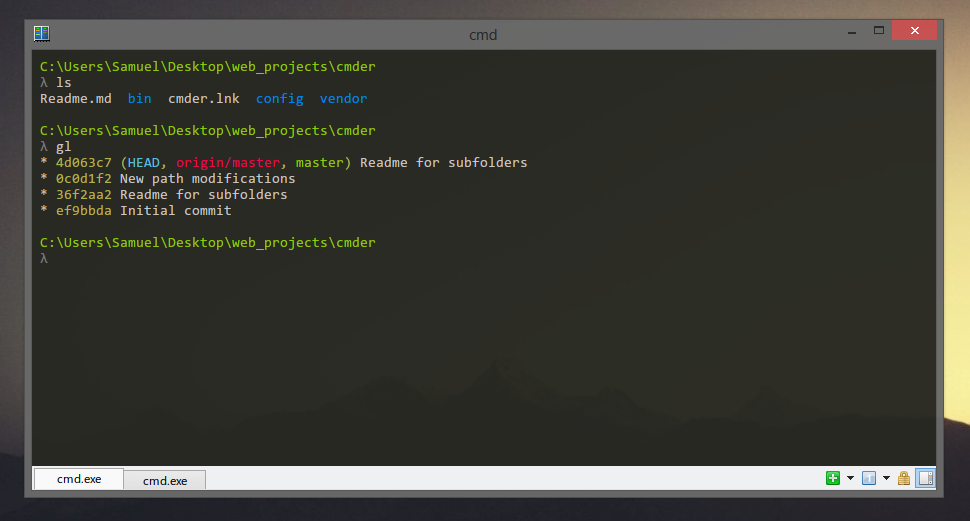主服务器(master)IP:192.168.0.1
从服务器(slave)IP:192.168.0.2
首先确保主从服务器上的Mysql版本相同
主服务器上操作
创建用户名为repl的一个账户
GRANT REPLICATION SLAVE ON *.* TO 'repl'@'192.168.0.2' IDENTIFIED BY 'xxxxxxxxx';
修改主数据库的配置文件my.cnf,开启BINLOG,并设置server-id的值,修改之后必须重启Mysql服务,如果不需要修改可不用重启。
server-id=1
log_bin = /usr/llocal/mysql/log/mysql-bin.log
之后可以得到主服务器当前二进制日志名和偏移量,这个操作的目的是为了在从数据库启动后,从这个点开始进行数据的恢复
flush tables with read lock; 这是session级,退出就隐式 unlock tables;
show master status;
生成主数据库的备份
如果mysqldump 无法识别,则在/home/mysql/.bash_profile 添加环境变量 export PATH=$PATH:/usr/local/mysql/bin
mysqldump -p3306 -uroot –pxxxxxxxx test > test.sql
unlock tables;
将备份出来的数据复制到从数据库
Scp test.sql 192.168.0.2:
从服务器上操作
将备份数据导入数据库
Mysql –uroot –pxxxxxxxx test < test.sql
修改从数据库的my.cnf,增加server-id参数,如有更改需要重启
server-id=2 # 注:一定不能跟主数据库一样
指定复制使用的用户,主数据库服务器的ip,端口以及开始执行复制日志的文件和位置
CHANGE MASTER TO MASTER_HOST='192.168.1.130', MASTER_USER='repl', MASTER_PASSWORD='456123', MASTER_LOG_FILE='mysql-bin.xxxx', MASTER_LOG_POS=xxxx;
MASTER_LOG_FILE=' mysql-bin.xxxx', MASTER_LOG_POS=xxxx 这俩个参数参见主服务器 show master status
启动slave进程
Start slave;
查看从服务器状态
Show slave status;
Slave_IO_Running: Yes //此状态必须YES
Slave_SQL_Running: Yes //此状态必须YES
测试
在主数据库上插入一条数据,然后看从数据库是否有更新。然后就可以自己发挥了。总的来说就是一般用主从复制(Master-Slave)的方式来同步数据,再通过读写分离(MySQL-Proxy)来提升数据库的并发负载能力,再通过高可用性(High Availability)确保服务的稳定。

